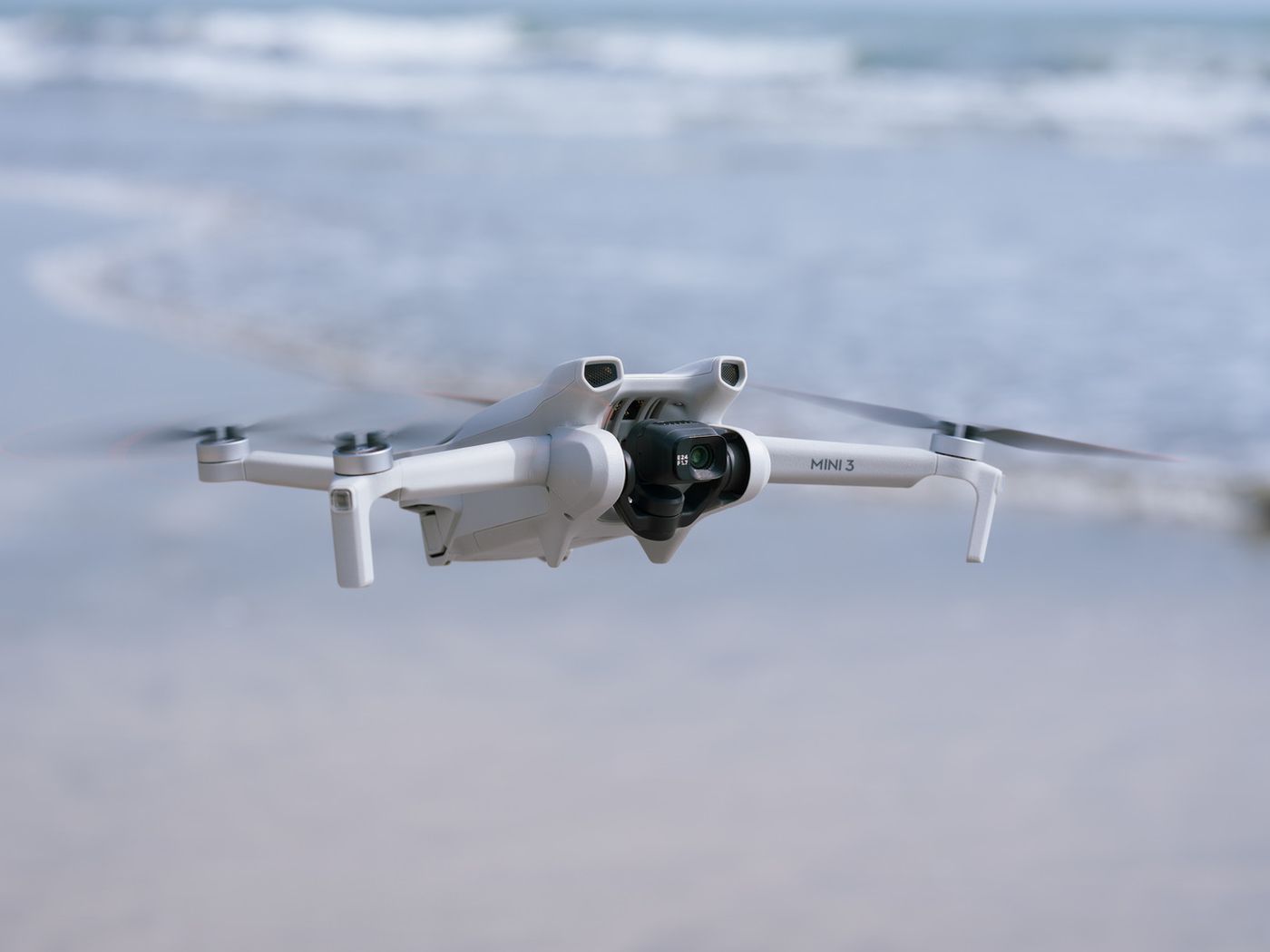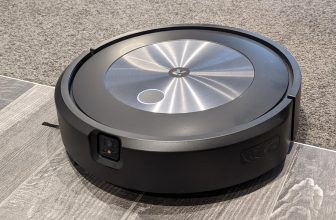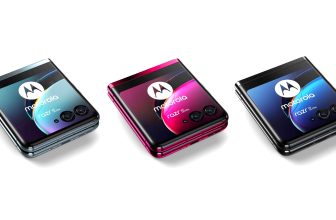
Detailed Review of DJI Mini 3
Detailed Review of DJI Mini 3
The DJI Mini 3 (along with the remote) incorporates the camera and airframe from the more expensive Mini 3 Pro into a more cost-effective package by omitting a few features. Its video is limited to 4K30 and skips the obstacle detection feature found in the Pro model. Despite these drawbacks, the DJI Mini 3 is a good choice for pilots who do not require obstacle detection but want a more advanced camera and costs less than the Pro edition.
Battery and Remote Options of DJI Mini 3
The DJI drone is available in a few different variations. If you already own a DJI RC-N1 (included with the Mini 2) or a DJI RC built-in-screen remote, you can avoid purchasing one again as you can purchase the Mini 3 without a remote. To view through the camera of the Mini 3, you must connect an Android or iOS smartphone to the RC-N1. You can upgrade to a bundle that includes the DJI RC and Mini 3. There is no need to connect your phone as the RC has an integrated touch screen and a built-in flight control app. The 5.5-inch screen on the RC has a maximum brightness of 700 nits. Bright days can be challenging to see, especially if the sun is directly overhead. A compact Intelligent Flight Battery that offers up to 38 minutes of flight time comes standard with the Mini 3. Although it increases flight time to an astounding 51 minutes, an Intelligent Flight Battery Plus weighs too much for the drone to remain in the 249g weight category.
A Lightweight Airframe of DJI Mini 3
DJI’s Mini series was designed to be lightweight from the beginning. It is a drone that weighs 249g (8.8 ounces) or less and can be flown in the US with far fewer restrictions than those that apply to heavier UAVs. With a drone like the Mini 3, you can avoid paying the FAA’s registration fee, but you would still need to pass the TRUST test, a basic knowledge test, to fly. The Mini 3 is not only lightweight but also fairly compact. It folds down to more easily fit into a camera bag as it shares the same airframe as the Mini 3 Pro (but lacks the obstacle sensors). When folded, it is only slightly larger than a typical 24-70mm lens or a thermal water bottle at 2.4 by 3.5 by 5.7 inches (HWD). Like the Mini 2, the nose-mounted camera can capture 4K30 video. Although it has the same Quad Bayer cameras as the Pro version, you can only take 12MP still photos.
Safety Features and DJI Fly App of DJI Mini 3
DJI Fly is a drone control app, and you can use it on either a smartphone or the DJI RC. It includes a touch interface that allows you to access different flight modes, change settings, and set up different safety features. It sends a view from the camera to your phone’s display (or the remote controls). The Mini 3 needs to be activated before taking off; to do this, you would need to create a DJI account, which can be done from within the app. The FlySafe geofence system by DJI is integrated into its drones. If you attempt to take off in restricted airspace or if you enter it, the system will alert you. In actual use, it works well. The app can switch to a map view to show the drone’s location concerning nearby roads and landmarks. It also displays telemetry data, including the current airspeed, orientation, and altitude of the drone.
Camera of DJI Mini 3
Although the Mini 3’s camera is a noticeable improvement over the Mini 2’s, you would not know it from looking at the basic specifications. Its fixed f/1.7 aperture gathers more than twice as much light with the same 24mm angle of view, resulting in a better video during the golden hour and twilight. If you are concerned enough about shutter angles to use them, clip-on ND filters are an option; they reduce incoming light so you can set the lens to visually appealing 1/60-second (for 30fps) or 1/48-second (for 24fps) video. The gimbal on the Mini 3 is also a significant improvement over the Mini 2. The dual-orientation capture and upward tilt support the ultra-smooth three-axis stabilization. Although the Mini 3 can take straight-down shots, which is how we are used to seeing drone footage, its 60-degree upward tilt is a useful addition. I tried it for low-angle photographs of tree branches and pans upward to reveal the sky—photographs that the Mini 2 cannot capture.
Specifications
| Dimensions | 148x90x62 mm |
| Weight | 249g |
| Digital Zoom | 4K: 2x, 2.7K: 3x, 1080p: 4x |
| Camera | 12MP, Type 1/1.3 |
| Video resolution | 4K/30p |
| Video Profile | Normal |
| APAS | None |
| Video tranmission | DJI O2, 720p/30p, 10km |
| Video bit-rate | 100 Mbps/H.264 |
| Flight time | 38 minutes/51 minutes* |
| Obstacle avoidance sensors | Downward Vision Positioning |
| Core Intelligent Functions | QuickShots |









